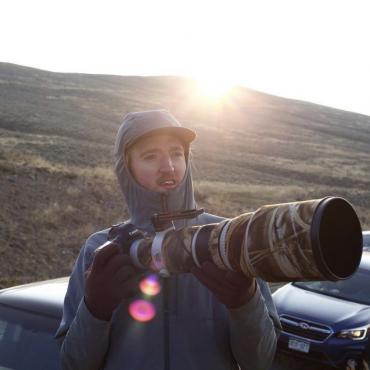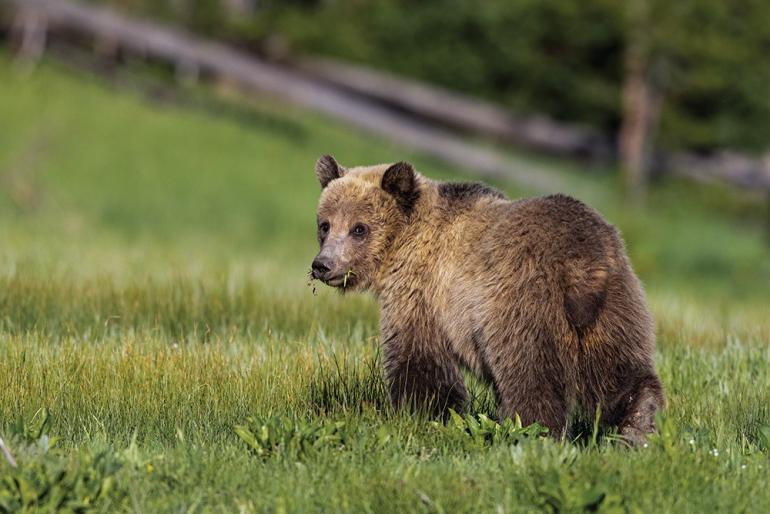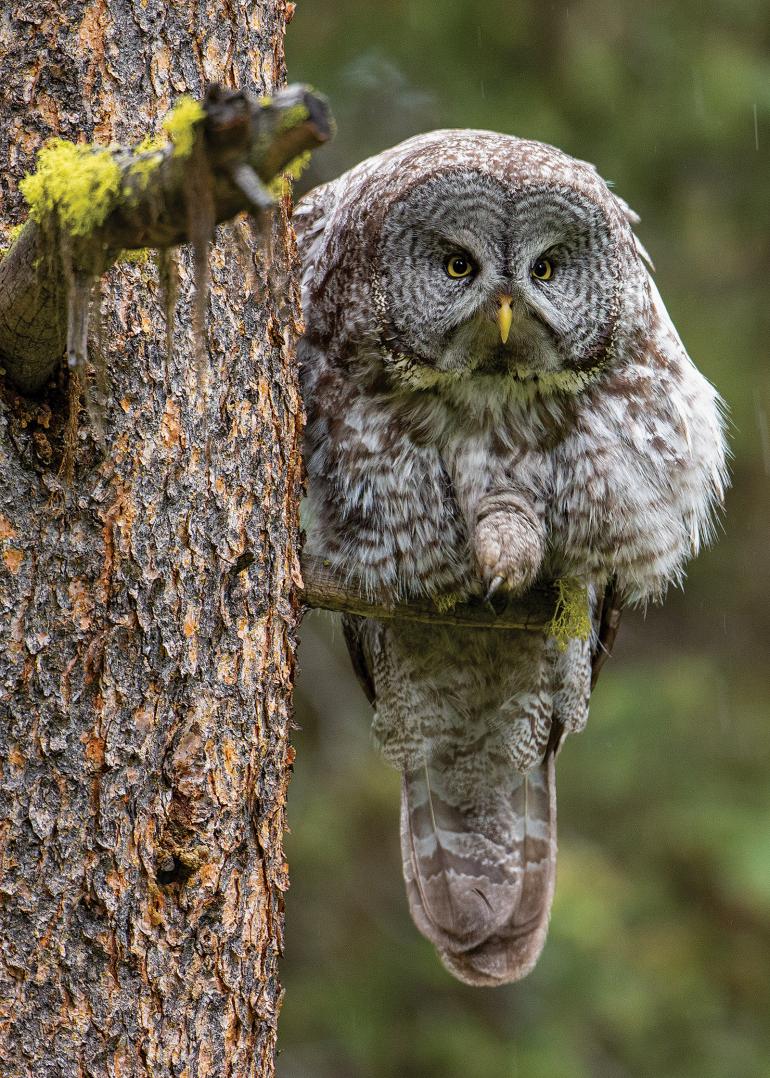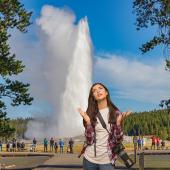Handle with Care
Wildlife photography the right way.
Spring offers abundance, both in ecological life as well as opportunities to capture it. As a wildlife photographer, spring means cubs, fawns, nesting birds, and everything in between. It’s the season to capture the natural world coming back to life. But of course, with great opportunity comes an even greater responsibility. That is, to take care of our wildlife. After a hard winter in Montana, spring is a critical time to rebuild strength, foster young, and prepare for the year ahead. No one wants (or should want) to further burden these animals. Fortunately, there are plenty of ways to ensure that taking photos puts no more stress on your wild subjects than the day itself.
Tread Lightly
When exploring public lands in search of wildlife, do so unobtrusively. Move slowly, look for signs that hint at who’s around, and be patient. When you find animals, keep your distance. Only move closer if you can do so without spooking them. Otherwise, use a long lens. And always err on the side of caution. When in doubt, back out.
Pay Attention
Body language will tell you everything you need to know about an animal’s state. Watch the ears, the eyes, the head movements, the gait. The difference between serenity and agitation may be subtle—but if you’re observant, you’ll notice it. Look around for other animals, to the periphery of your subject, which may also be affected by your presence.
Try New Things
Push the realm of possibility further while minimizing impact and exploring new areas. Utilizing remote camera traps is a great way to accomplish this by placing our lens into nature while removing human presence from the situation. Not to mention, surprises await on those memory cards.
When the snow melts and green vegetation begins to peek through the soil, remember your neighbors—the wildlife that have been waiting for it, too. With the right mindset, photographing the amazing events unfolding in spring can be done responsibly. Where will you try first?














